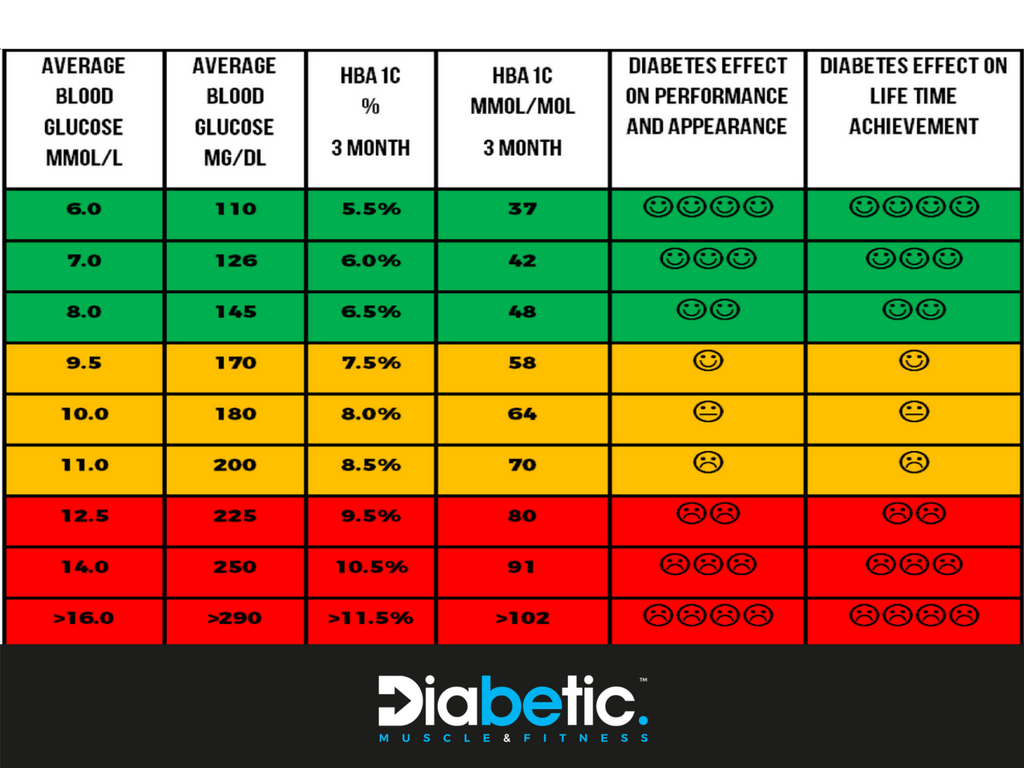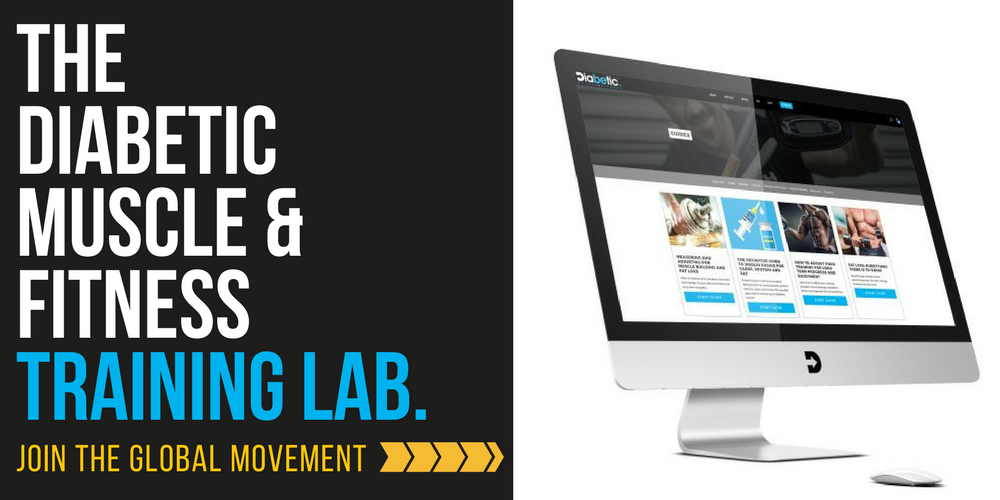WHAT YOU’RE ABOUT TO GET INTO?
1175 words, 10-minute read.
KEY POINTS
- What defines a hypo for you is personal preference.
- The lower your A1C target – the lower your hypo target needs to be. Enforce a technology ban at a certain time every night.
- 4.0 mmol/l (70mg/dl) is the hypo target for most international federations and guidance aiming for tighter control of A1C of 6.5% (42mmol/l) – (NICE, ADA, ISPAD)
Do you even know YOUR Hypo treatment level?

What defines a hypo for you is personal preference, and also what you and your medical team believe and prescribe.
The following is for information purposes only, and for you to make informed decisions based on the evidence, rather than anyone’s opinion (mine included – I am an educator, not a guru, just someone who likes to question DOGMA of the day).
Let’s start with people without diabetes who have ideal blood glucose levels, for good health.
They run between 3.5mmol/l – 6.7mmol/l (65-120mg/dl) all the time.
A medically defined episode of hypoglycemia is defined as less than 2.8mmol/l (50mg/dl). These are the kind of hypos that damage the brain.
Hence why the healthy non-diabetic has an A1C of 4-5% (68 mg/dl (3.8 mmol/L) to 97 mg/dL (5.4 mmol/L) and has virtually no issues with AGE (Advanced Glycation End Products), and complications such as kidneys, eyes, feet etc.
So the aim for the person with diabetes is to run as close to that as possible, with as few hypos as possible. This would be the lowest risk of long-term complications. The table below outlines the best glucose range to aim for.

Obviously, the other side of the coin is running too low too, too often. You lose hypo warning signs, deprive the brain of glucose for fuel and can cause some brain issues.
IT’S A CASE OF BALANCE THAT EACH PERSON NEEDS TO CONSIDER INDIVIDUALLY.
With the above in mind, the authorities/teams/individuals choose a hypo limit with the aim of reducing complications but staying away from too many hypos. This lower limit varies for different organizations and medical teams, and changes depend on the person with diabetes.
The bottom level of the target (hypo limit) usually comes in a few flavours depending on the person prescribing and the individual circumstances.
7.0mmol/l (125mg/dl) = People who are hypo unaware and need to regain their symptoms. Once symptoms have regained this needs to drop down!
5.0mmol/l (90mg/dl) = The ultra-conservative medical teams are anxious about hypos for their patients primarily and the cost of a bit higher long-term complications.
4.5mmol/l (80mg/dl) = The conservative medical teams who are anxious about hypos for their patients and a slight cost of a bit higher long-term complications.
4.0mmol/l (70mg/dl) = Most international guidance and federations aiming for tighter control of A1C of 6.5% (42mmol/l) – (NICE, ADA, ISPAD)
In my opinion, this a good balance for the AVERAGE PERSON WITH DIABETES, BUT ARE YOU AND YOUR EDUCATION AND MANAGEMENT AVERAGE?
3.5mmol/l (65mg/dl) = More aggressive organizations and individuals who teach micro adjustments, full-lifestyle knowledge, and trust in their patients to manage glucose tightly, aiming for A1C 6.0% or less (DAFNE, low carb movements, educational programs aiming to reduce long-term complications)
3.5mmol/l (65mg/dl) = This is where Diabetic Muscle and Fitness places itself.
WHY?
If you have joined the Training Lab (our Private Members Club), you possess a number of key values the average person living with diabetes does not. These include…
- A passion for learning all you can about diabetes in order to live the best life possible. Complication free.
- The curiosity to ask great questions about WHY to do something.
- You are willing to experiment and find out what’s right for you as an individual, rather than being caught in the crowd and groupthink.
- You want to lose body fat and build as much muscle as physically possible.

Some interesting points to consider:
- If you have been treating 4.5mmol/l (80mg/dl) as your hypo limit (giving glucose to come above), your body adapts, so if you go lower than this you will feel hypo. This does change with time if you decide to lower your bottom target.
- If you use 3.5mmol/l (65mg/dl) as your bottom target BUT your daily management behaviors are “let’s say suspect at best” i.e. you don’t dose your insulin properly, you test less than 4 times a day, you don’t plan for exercise properly – YOU ARE GOING TO HAVE HYPO ISSUES. Take action, choose a higher limit.
- If you have CGM and you follow great daily management behaviours i.e. you make micro adjustments and stay within targets, and use alarms to help you, WHY would you keep glucose above 5.0mmol/l (80mg/dl) all the time and treat anything below with quick acting glucose? IMO that’s inviting long-term complications.
Here are some useful questions to ask yourself, and possibly your team when thinking about when to treat.
- Am I hypo unaware and do I have more than 4-5 hypos a week?
- What do I want my average blood glucose levels to be each week and consequently my Hba1c?
The lower you want it, the lower your hypo target needs to be (see the table). I personally aim for <6.5mmol/l average to keep A1C <6.0%.
- Do I wear CGM and use it to my full advantage (using trend arrows and alarms). Inside the Training Lab, we have an incredibly detailed 4-hour execution guide on how to Become a CGM PRO. The membership is worth it just to hear this one module (not to mention the many more)
- Are my daily management behaviours on point?
- Do I dose my insulin properly? Am I using any tried and tested techniques? Or just winging it? If you want to learn highly effective insulin dosing tactics used by the likes of myself and many another super-educated type 1 fitness enthusiasts, check out the ‘Becoming a Bolus Wizard’ inside the Training Lab.
- Do I plan for my exercise and know how to manage the different types? Inside the Training Lab we have a 3-hour execution guide on Diabetes and Exercise Management.
- Do I test my blood glucose levels at least 4-6 times per day?
- Do I review my glucose patterns every 1-2 weeks to identify issues and make a change? – e.g. using Diasend or some other software.
- Do I engage in learning more about how to manage diabetes and how my body works? If you’ve read this far – YOU CAN ANSWER YES!
If you found this article useful – you’ll gain even more value inside our exclusive members’ area – The Training Lab. There is an insane amount of high-quality content in there waiting for you. It will add immense value to your diabetes management, health, muscle building and fat loss efforts.


